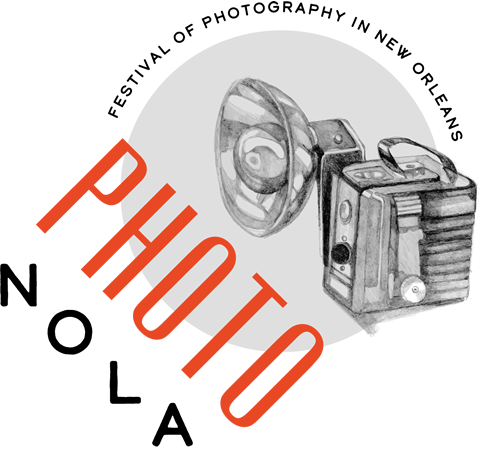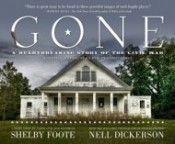 Ray Mikell interviews Nell Dickerson about her newly released book, GONE: A Photographic Plea for Preservation, published by Belle Books, April 2011. Nell was a participant in the PhotoNOLA portfolio reviews in 2008 and 2010. She will be speaking about the project and signing books at the Garden District Book Shop on Thursday May 12, 2011 at 5:30pm.
Ray Mikell interviews Nell Dickerson about her newly released book, GONE: A Photographic Plea for Preservation, published by Belle Books, April 2011. Nell was a participant in the PhotoNOLA portfolio reviews in 2008 and 2010. She will be speaking about the project and signing books at the Garden District Book Shop on Thursday May 12, 2011 at 5:30pm.
***
RM: How did your relationship with Shelby Foote influence the decision to take photographs primarily in Mississippi and Tennessee?
NELL: The first building I photographed for GONE was a brick ruin farmhouse near my home outside Memphis in Fayette County, Tennessee. Afterwards, I went to Shelby Foote to ask him where to find similar antebellum structures. He told me to start looking in Washington, County Mississippi, in the heart of the Delta and the place where he grew up. He said that many of the houses around Vicksburg survived Sherman’s burning rampage as he floated down the Mississippi River and marched across the south to the Atlantic. “In fact,” he said, “I’ve written a story about it.”
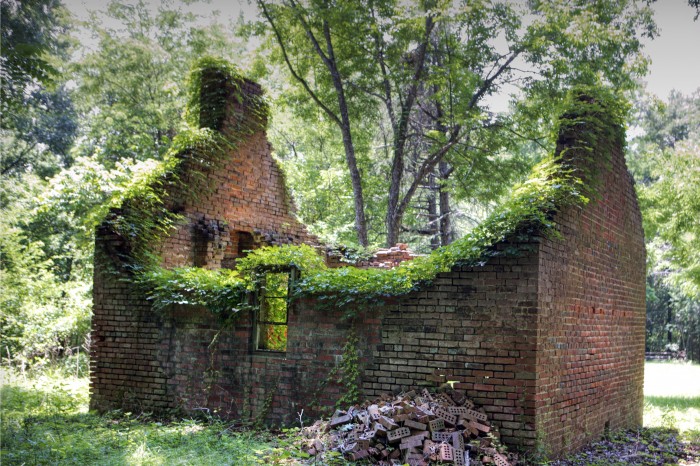
The story, “Pillar of Fire,” is a chapter from his 1954 Novel. “Jordan County.” It is set in a fictional version of Washington County. It is about a company of Union soldiers dispatched to burn an aging southerner’s home. His life (and the history of Mississippi Delta) flashes before him as he witnesses his entire legacy going up in flames.
GONE is a photographic essay of the buildings that survived Sherman’s burning, only to fall to ruin through social and economic neglect. The images are paired with the entire text of “Pillar of Fire.” Although they are not a literal translation of the story, the story informed the images I photographed.
The locations are informed by the Mississippi River and cotton country, for it is King Cotton that defines who we are and why we fought the Civil War in the first place.
RM: Did it strike you as best to stick with what you know best as far as choosing locations and structures? Were you already intimately familiar with these places?
NELL: Every place I went was a new discovery. GONE was an anthropology project. (My first degree was in anthropology/ethnographic photography.) Shelby sent me to the town historian in Greenville, Mississippi, and she sent me to the next person who sent me to the next person, and so on, until everybody was intertwined in a huge spider web of kinfolk, hearsay and stories. (This is before social media on the Internet was invented.) It took considerable research, footwork, driving the back roads, listening to oral histories and “visiting.”
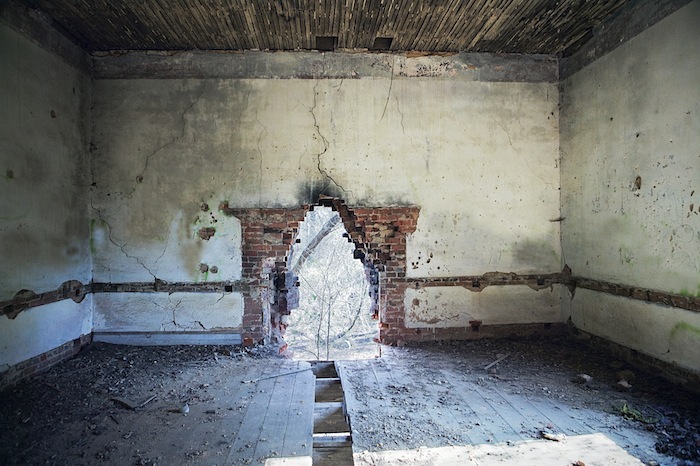
RM: Did the structure or building/home take precedence (or architectural details, etc.), or the photographs of them? (A chicken-egg question.) Or, more specifically, how did you strike a balance between showing what you would like to see preserved, and what you found more of interest from a more purely photographic standpoint?
NELL: GONE is not an academic endeavor. It is strictly from the heart. So many “documentary” photographers are just voyeurs. I do not consider this a documentary project. I am a fine art photographer. When I entered a building, I sat with in, and let the building speak to me. And or I walked around the outside and had a “conversation” with my camera on the exterior. The images that I selected for the book were the best “photographs” as well as those that related to Shelby’s text. “Pillar of Fire.”
RM: How long was this book in the making?
NELL: Seven years.
RM: How did you go from being asked to do a children’s book to doing this? Did it take much convincing to change anyone’s mind about what you should do?
NELL: It took about thirty seconds once I mentioned that I had the rights to Shelby Foote’s story, “Pillar of Fire.”
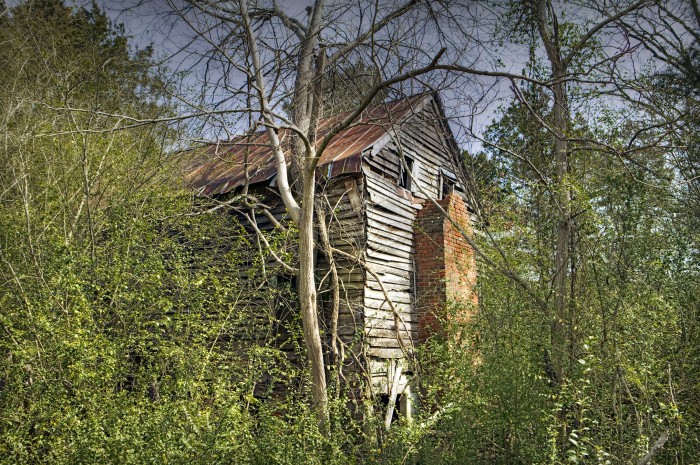
RM: Do you expect this book to appeal more to people interested in architectural photography, or Civil War buffs, or historical preservationists, or some mix of all three?
NELL: I hope that the book appeals to people who appreciate a fine book as an object, beautiful photography, a fabulous story by Shelby Foote, Civil War history and architectural preservation.
RM: Is there much hope for the restoration of any of these properties (outside of ones that are more ruins than structures, strictly speaking, a la the Windsor Ruins near Port Gibson MS)? Are there owners who are interested in preserving them?
NELL: A few are restored since I photographed them. Sadly, most have been left to return to the earth.
RM: Would you say that your book is unique, as far as architectural or preservation-oriented photography books go, in focusing attention not only on grand old mansions but small homes, churches and even 19th Century equivalents of modern-day pre-fab houses?
NELL: There are many books and movies that portray the stereotypical “Southern Mansion.” What people don’t realize is that the people who built these temples to King Cotton tended to live in town, up on the hill, away from the mosquitoes and Yellow Fever. (Places like Memphis, New Orleans, Natchez and along the River Road in Louisiana.) The people who actually worked the land lived on the land. These buildings were lived in and used by the people who worked on the farms and grew the cotton for the absentee landowner in “the big house.” Most of the buildings are in the middle of present-day working farms or hidden deep the woods in the backcountry.
RM: Has there been much concern for the latter, previously? Or would see that as similar to gaining attention for, say, the once-overlooked New Orleans shotgun styles?
NELL: I hope that people are interested in preserving their own legacies; whether it is the family home, your grandmother’s quilt or your native language.
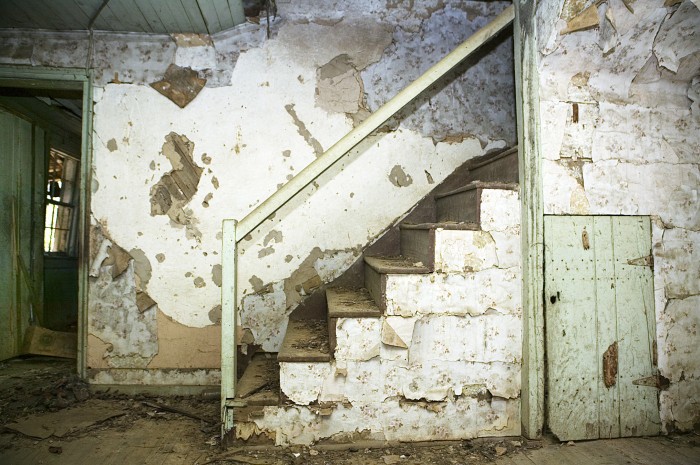
RM: Were there any special processes or post-processing styles or techniques used in the making of these photographs, anything you can share?
NELL: The magic is in the mix. I use about 5 different software programs for postproduction. Since you are from Louisiana, consider it a secret recipe for a hot sauce.
RM: What sort of equipment did you use? Did the choice to use that equipment influence your photographic or artistic choices?
NELL: The cameras changed over the course of the project. They were secondary to the vision…a means to an end and they did not dictate what I photographed. However, the capture was digital. The most important tool, the ultimate weapon, and the one I cannot live without, is a Wacom Cintiq monitor. It makes the entire work flow right-brained, spontaneous and artistic like painting.
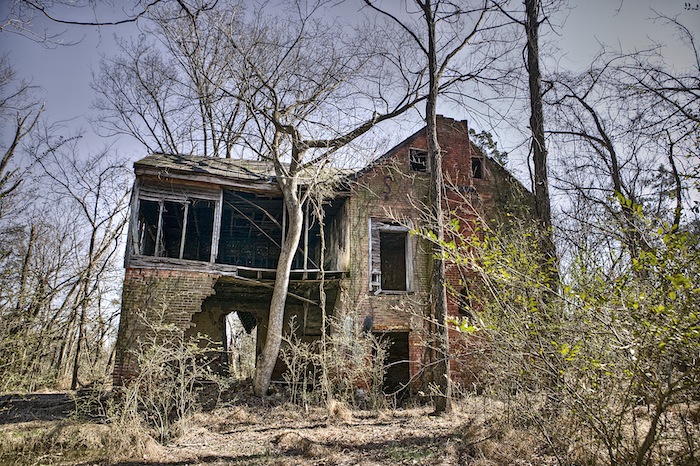
RM: Can you tell our readers how this ties into what some photographers might call your “day job” as an architect?
NELL: I have learned more about design and construction from photographing these buildings than I ever learned in school or from pushing papers behind a desk.
RM: Is this book in some ways a culmination of everything you’ve done in your career, or been trained to do, or everything you’ve learned? Or a once-in-a-lifetime opportunity to mix and match it all together?
NELL: I am living an incredibly rich, interesting and full life. I’ve done and am doing lots of creative things. Architecture is the mother of the arts and I have many design, films, books and multi-media projects simmering on the stove. This book is just one of many.
***
To see more of Nell’s work and a preview of the book visit her website.
Ray Mikell serves as chief contributor for the New Orleans Photo Alliance’s blog. This is the first in a planned series of photographer interviews for the PhotoNOLA blog.
